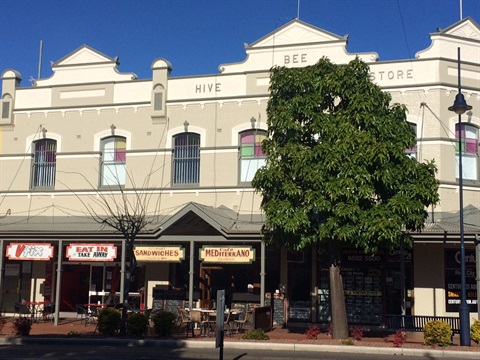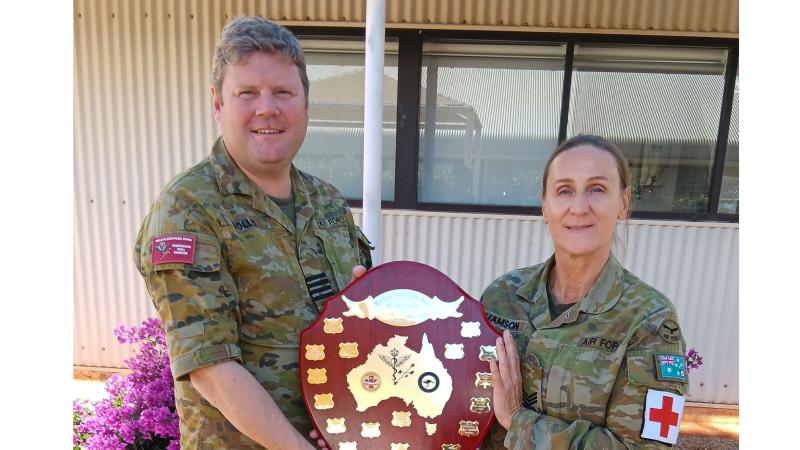Interventional Radiology Society of Australasia (IRSA) welcomes the federal government’s funding commitment to better support the health of women with endometriosis and complex gynaecological conditions. While acknowledging a step in the right direction, IRSA urges government to play a greater role in supporting access to minimally invasive treatments, like uterine embolisation, to reduce financial burden and promote better patient outcomes.
The Federal Government has announced that a $49.1 million funding boost will see two new Medicare Benefits Schedule (MBS) items added in July 2025 to support longer gynaecological appointments.
According to IRSA, access to minimally invasive treatments, which are delivered by interventional radiologists, is also required to make a positive impact on how women’s health outcomes are managed.
Interventional radiology is a clinical specialty that uses imaging guidance, such as X-ray, CT, or ultrasound, to perform minimally invasive procedures on patients.1
There are currently MBS limitations for interventional radiology treatments, such as uterine artery embolisation (UAE), which has an impact on how women are referred for treatments and financial burden. Many women aren’t ever offered minimally-invasive treatments or are never able to consult an Interventional Radiologist due to these restrictions.
UAE is a minimally invasive procedure that is an alternative treatment to hysterectomy, which is performed by an Interventional Radiologist. It is used for treatment of multiple gynaecological conditions, such as uterine fibroids and adenomyosis. With many OECD countries embracing minimally invasive procedures as an alternative for hysterectomy in benign disease, IRSA is confident Australia should look at why we are lagging behind.
According to Professor Warren Clements, an Interventional Radiologist and IRSA Executive Committee Member, low uptake of uterine embolisation compared to hysterectomy is one example of how there continues to be barriers that lead to health and financial burdens for women.
“It is positive to see the government recognise funding needs in women’s health, but more tangible actions need to take place to reduce the access and financial barriers to interventional radiology treatments. If we use uterine fibroid embolisation as an example, this is a minimally invasive treatment that can be performed under conscious sedation and a pinhole incision. For the patient, there are no visible wounds and they are able to get back to work and their lives much quicker. Where possible, we should be making it easier for women to understand and access these alternative treatment options,” said Professor Clements.
“The reality is, women face barriers in accessing uterine fibroid embolisation as an alternative to hysterectomy. There are complications with the referral process where women need a referral from a gyneacologist, which alienates women seeking help through primary care. Furthermore, current MBS classification of embolisation as a cardiovascular procedure creates a financial barrier. Only people with higher levels of private health insurance cover are eligible for a rebate, which could force patients to choose out of necessity the surgical option.”
Fibroids can cause debilitating symptoms that greatly affect a woman’s quality of life with symptoms including heavy menstrual bleeding, dysmenorrhoea, and/or pressure symptoms to surrounding organs.2 They are estimated to affect 40–80% of women by age 50 years3,4 with up to 35% of women may be symptomatic.5
Adenomyosis is a condition that affects an uterus, causing painful and heavy periods, persistent pelvic pain among others. Its symptoms can often be similar to endometriosis. Adenomyosis affects 20 to 35% of women.7
Hysterectomy (surgical removal of the entire uterus) is the most common interventional treatment for women with fibroids7, and over 30,000 surgeries happen each year in Australia with an estimated 6,000 purely to treat fibroids.8 At the same time, medicare data available on the Department of Human Services website shows that in the last five years, the average number of uterine embolisation procedures per year has been only slightly over 267.9 This is significantly discordant with the rates of hysterectomy, and highlights a major existing issue with access to surgical-alternatives for Australian women.
When performed for fibroids, UAE is equally effective to hysterectomy, in the long-term but yet only performed via a pinhole. This means hospital stays are shorter, recovery is quicker, and less time is needed off work. It is also less expensive10 for patients and for the government than hysterectomy. UAE can also be performed for other conditions such as adenomyosis, where women often have no option other than hysterectomy.
IRSA believes there is an opportunity to embrace many of the advantages that interventional radiology treatments offer Australian patients – a new frontier in interventional treatments with less invasiveness, lower cost, and shorter hospital stay than traditional open surgery.
Dr Chris Rogan, President of IRSA and an Interventional Radiologist, hopes government considers future changes to support education, access and funding to minimally invasive procedures offered by interventional radiologists.
“If we truly care about improving women’s health, we need to embrace change that allows women to have more knowledge and access to procedures that support quicker recoveries, reduce stress on their bodies and reduce financial burden,” said Dr Rogan.








